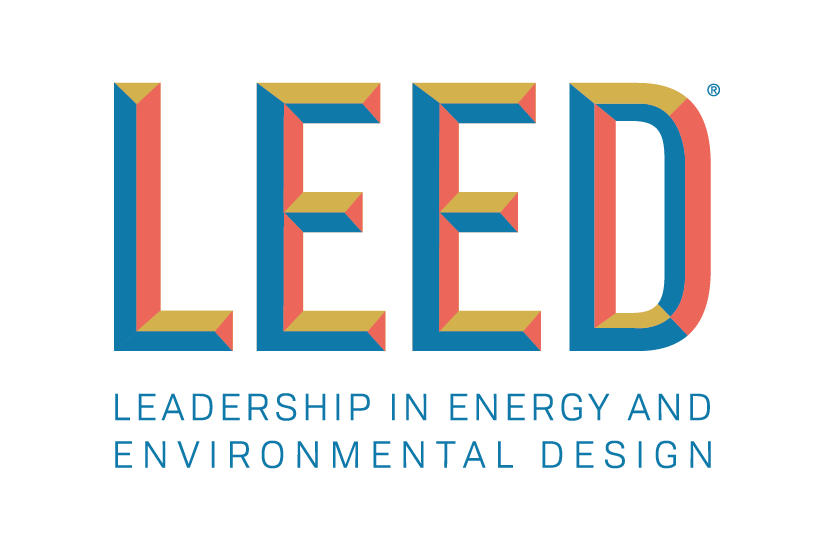To Build or Rehab: Navigating The Path To A Green Home
Photo courtesy of Suzanne and Jeff Watters
During the summer of 2015, there was a 1921 single-family home perched on a hill overlooking Chautauqua Lake in western New York that was listed for sale. Although the house was filled with charm, it had drafty windows, leaky walls, and creaky floorboards. It was a far cry from the sustainable abodes of the 21st century that the USA desperately needs and, increasingly, people want. It was listed and relisted four times at various price points throughout 2016 and 2017 without finding a buyer.
When the Watters visited, however, they saw more than just an old inefficient house; they saw a canvas. But looking at the weather-beaten house, I'm sure they faced a common dilemma: to retrofit the existing home or to build anew with modern, energy-efficient construction?
They decided to do both and closed on the home in the spring of 2018. By the summer of 2021, they had achieved LEED Platinum certification, the highest level of certification in the LEED program. To achieve it, a LEED Green Rater is required for on-site verification, and an Energy Rater must performance-test the energy efficiency of the project.
LEED certification allowed them to blend the house's history with modern sustainability. It encouraged them to retain as much of it as possible, including the foundation and framing.
Within the category of materials and resources that LEED uses, points are awarded for responsibly sourced materials, be they recycled content or ethical wood products. This emphasis on reducing the environmental footprint of construction materials that helps foster the circular economy matched their vision.
According to a description of the house on Its website, “They found local craftsmen to make much of the furniture and the cabinetry. A local metalsmith fabricated most of the lighting, stair railings, towel bars, oven hood, toilet paper holders, and even numbers outside the house. An artisan at a local stone company sourced and created the limestone counters. The oak flooring was sourced locally, and it is FSC certified…”
The Watters followed other prescriptions outlined by the LEED certification scheme, infused it with their own creativity, and ended up with a house that uses no fossil fuels. “This was accomplished by the use of extra insulation, high-quality doors and windows, a multi-unit heat pump HVAC system, and a PV array (aka solar panels)…”
What brought me to this wonderful home?
Earlier in the week, I came across a study titled "Who is participating in residential energy efficiency programs?" This was a burning question for me. The study was funded by the U.S. Department of Energy’s Office of Energy Efficiency and Renewable Energy’s Strategic Analysis group and above all found a clear correlation between educational attainment and participation in home energy efficiency and renewable power programs. However, it also stopped me, and the authors, when they found an income gap in program participation, where the people that need help the most due to energy poverty are the least likely to participate in available programs. The study suggests that there's an opportunity there to improve the participation and no doubt, states implementing the Inflation Reduction Act will lean heavily towards closing that gap when designing residential efficiency and renewable energy programs.
For now, I decided to try to find a green home rehab to feature by inquiring among some of the most highly educated people in the nation.
For years, when we lived in Pittsburgh, I faced the challenge of finding nearby tourist destinations. My dentist cousin had always mentioned Chautauqua Institution, describing it as their "learning vacation." Initially, the idea sounded dreadful to me. However, when we finally made the three-hour trip, the beauty and charm of the Institution shone brightly among all the quaint cottages and old Victorians and tree lined streets.
Does energy efficiency and green home living have a place here? I reached out to the climate director at the Chautauqua Institution to ask, and he referred me to information on the Watters home.
As mentioned, when a home is old and inefficient (like most American homes!), the conversation around achieving sustainability can quickly turn into a debate: rehabilitation of the current home or new construction. While LEED historically focused on certifying the results of new constructions and Energy Star Homes favors new homes as well, the embodied carbon footprint of a new home is always higher than that of the refurbished home(?).
Of course, I didn’t know, so I reached out to experts like Izumi Tanaka, a Licensed Green Realtor and a LEED Green Associate, LFA, Certified GreenPoint Rated Advisor.
Tanaka produces the podcast HomeGreenHomes and was kind enough to weigh in. "I'm a proponent of rehabbing existing homes, (re)using as much materials as possible in any way, and managing the demo'd waste consciously. The greenest way is always to use what's already there...Yes, it is easier to implement all the 'green features' in new construction as technology and the marketplace advance to have more sustainable materials available. But I believe the greatest impact is in converting the existing older homes into more efficient and durable systems."
I looked into the certification systems further, and it appears that gut rehabilitation projects like the Watters’ toe the line between being considered new construction or renovation. It's obvious from the various certification reports for the Watters’ house that they toed the line quite successfully and the results speak for themselves — even though it is called new construction by one certification system and rehab by another!
What's your advice for the millions of Americans, half the population of homeowners, who are living in what one the DOE’s Home Energy Score people have said is a "very inefficient home”? Email me at edit@greenhomeliving.blog



